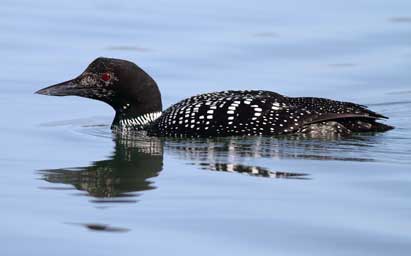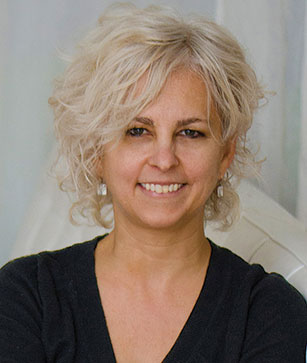
Long Reach, my novel due for release by The Wild Rose Press in July, has numerous passages about the cry of the loon, a plaintive song heard in particular moments in the novel. The cry provides a thread of memory about a treasured night for my protagonist, Nora, with her then young husband, Joe, her television reporting partner, as they watch the northern lights together in British Columbia, Canada. Twenty five years later, they return to the same place in the midst of a break-down in their relationship. The cry, reminding her of their former bonds, echoes her despair.
Nora and Joe undergo numerous traumas. He falls from his fishing boat, after being hit on the head by a damaging force. She is accused of attempting his murder. Nora is fearful that indeed, in her anger, she brought her fish bopper down onto his head.
Before the case is resolved, Nora is kidnapped, her life and the lives of her friends are threatened. Environmental hazards are exposed. At the end, the song of the loon and the power of the nurturing tides give Nora hope that she and Joe will surmount the challenges they face for the future.
With this thread resonating in my heart, I read the Tribune article, April 11, 2024 in despair. The article reports loons are diminishing. Fewer chicks are being born and those fledged are often underweight and less strong.
The reasons are not clear. It may be the added rainfall of climate change that makes lakes too murky for the parent loons to find food for their nestlings. According to this article, it may be that climate change is bringing a heavier black fly season. Their torment to the parents may drive them to abandon their nests. (My husband and I spent a week in southern Canada’s wilderness area in black fly season. We were newly-weds. The black flies did not chase us away, but I can understand a loon’s torment.)
For me, the diminishing loon population causes another cherished hope that our society will awaken from our sloth in time to save the loons. Whoever has heard their cry has touched a bit of nature’s mystery.





